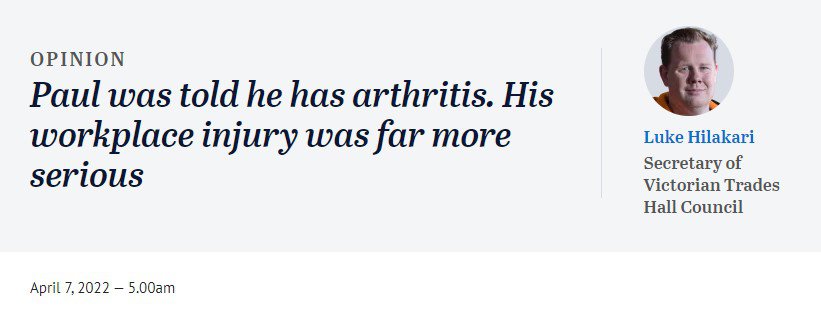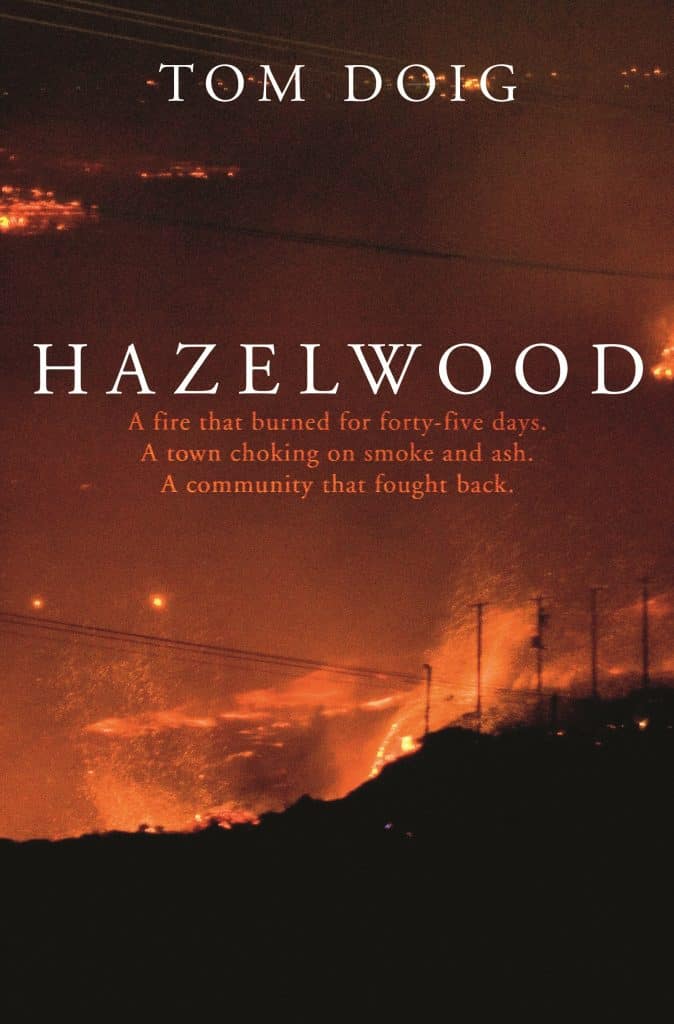The latest awards night for WorkSafe Victoria achieved its scope – present awards for people and organisations who do occupational health and safety (OHS) well. Some categories are for extraordinary effort, achievements or innovation, and winning any award from WorkSafe is important to the winners, but some were flat.
Category: rehabilitation
WorkSafe Victoria awards were hit and miss
Last week WorkSafe Victoria finally held its awards night for 2021. The finalists were deserved winners, but compared to previous pre-COVID awards nights, this one was sedate and sometimes flat. SafetyAtWorkBlog will be looking at some of the issues raised by the awards ceremony in a series of articles this week.
The crowd was much smaller than in previous years. This could have been due to the event having been postponed, I think twice, but it could also indicate a lower importance for this type of event. Many of the usual attendees seemed missing – occupational health and safety (OHS) and workplace relations law firms, major companies, industry associations and CEOs, and those who are not finalists but appreciate the opportunity to network with significant players in Victorian OHS.
Confrontation with PM involves workers’ compensation
Last week Australian media covered a confrontation between Prime Minister Scott Morrison and a pensioner, Ray, in Newcastle. Most of the coverage focused on Ray’s criticism of the commitments of the Morrison Government to support and reward those citizens willing to “have go”. The full 5-minute video provides a much better context to the man’s complaints than do the short edits on most media bulletins. That context seems to include concerns about workers’ compensation and the processes of the Dust and Diseases Board.
Should heartlessness be the status quo?
On April 7, 2022, prominent trade unionist Luke Hilakari had an opinion piece published in The Age newspaper titled “Paul was told he has arthritis. His workplace injury was far more serious”. Hilakari told a story, familiar to many, of one man’s journey from workplace injury to impecunious hardship.
The story is tough to read and full of injustices, but the political point of the article is lost. The Victorian Government has been provided with a report that could reduce the bureaucratic and surveillance challenges faced by Paul, but the system itself will not change.
Banyan Health Group responds
Earlier this week, I paused an article on corporate burnout which used a media release from the Banyan Health Group as the catalyst. The group chose not to respond to some challenging questions but later reversed their position. Below are the responses of Ruth Limkin – CEO of The Banyans Healthcare Group to those questions. I thank Ruth and her team for their support
SAWB: The media release mentions chronic stress risk factors of “increased absenteeism, disconnected employee relationships, heavy workload and tight deadlines” and “longer hours”. The World Health Organisation has written that “Burn-out refers specifically to phenomena in the occupational context and should not be applied to describe experiences in other areas of life”. What can an executive manager do to reduce or eliminate these factors and thereby reduce the need for personal psychological interventions? Should the businesses change the way they do business and change the expectations that they place on executives?
Corporate burnout and expecting too much
The Banyan Health Group issued a media release about company executives experiencing burnout in support of Psychology Week. I put some questions to the Group’s media contact from the occupational health and safety (OHS) perspective. The contact said that the Banyan Health Group members did not think they were best placed to answer the questions. [They have since chosen to respond and that supplementary article is available HERE]
That’s perhaps understandable, but we know that work-related mental health problems require a multi-disciplinary response involving personal and structural interventions as individual, social, and organisation factors contribute to poor mental health, of which burnout is part. Organisations that put themselves out there as subject matter experts and corporate workplace service providers to business should be able to respond to challenging questions. Below are statements from Banyan’s media pack and my questions.
Important safety, environmental, political and personal stories in book on the Morwell Mine fire
Dr Tom Doig has continued to build on his earlier work about the Morwell mine fire, expanding his “The Coal Face” from 2015 into his new book “Hazelwood” (after court-related injunctions, now available on 18 June 2020).
SPECIAL OFFER: The first four (4) new Annual subscribers in the month of June 2020 will receive a copy of Hazelwood.
The Morwell mine fire created great distress to residents in Victoria’s Latrobe Valley, ongoing health problems, and a parliamentary inquiry, but can also be seen as a major case study of occupational health and safety (OHS) laws, enforcement, role and the obligation on employers to provide a safe and healthy working environment that does not provide risks to workers and “protect other people from risks arising from employer’s business”. The management of worker and public safety is present in almost every decision made in relation to the Morwell Mine fire. The overlay of an OHS perspective to Doig’s book is enlightening.






